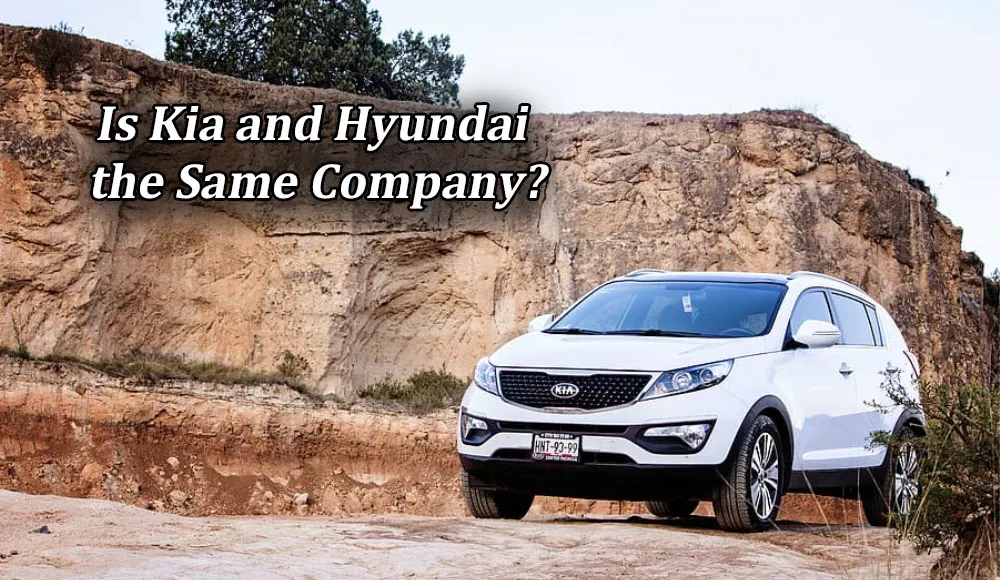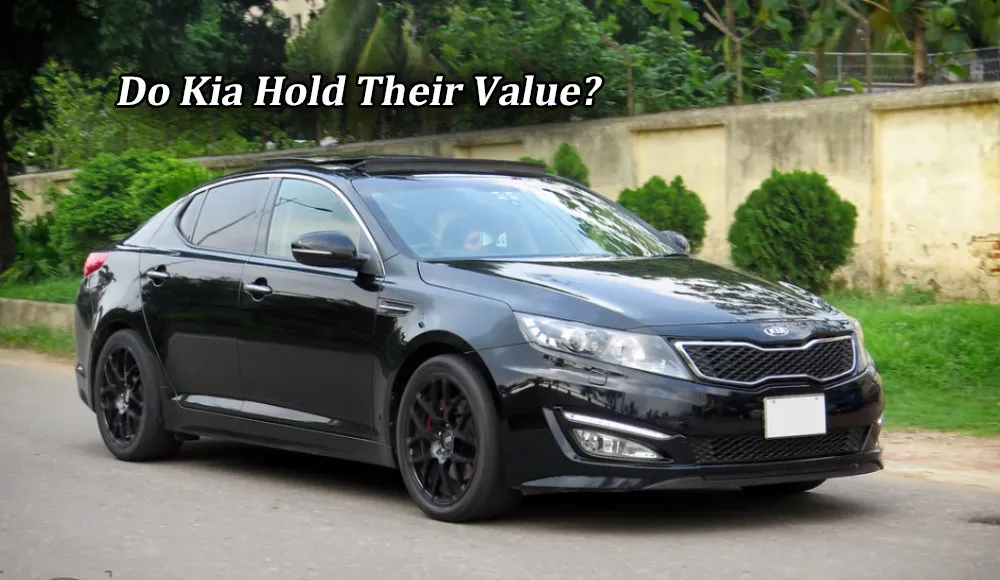Hey car lovers and potential buyers! If you’re in the market for a new vehicle, you’ve likely considered both Kia and Hyundai. These South Korean automotive giants have been making waves in the industry, and it’s not hard to see why.
Today, I’m diving deep into a comparison between these two brands to help you understand their similarities, differences, and what they each bring to the table.

Brand Histories and Evolution
Kia’s Rise to Prominence
Kia’s journey began in the 1940s. Initially focused on bicycles, it wasn’t until the 1970s that they entered the automotive sector. Over the years, Kia has become known for its affordability and improvement in quality, rising to become a significant player on the global stage.
Hyundai’s Trailblazing Path
Hyundai, meanwhile, started its journey in the 1960s and quickly established itself as a leader in the Korean automotive industry. They’ve been trailblazers, especially in terms of technology and innovation, rapidly expanding their global footprint.
Influences on Current Market Position
Both brands have evolved dramatically, with Kia focusing on youthful and sporty designs and Hyundai emphasizing technological innovation and premium features. This evolution has significantly influenced their current market position and consumer appeal.
Corporate Structure and Ownership
Understanding the corporate tie between Kia and Hyundai is crucial. Hyundai Motor Group, the parent entity, holds a significant stake in Kia Motors. However, this doesn’t mean Kia is merely an arm of Hyundai.
They operate independently, each with its own CEO and management team. It’s more like siblings under the same roof rather than a parent-child relationship.
Brand Identities and Market Positioning
Kia and Hyundai’s Individual Brand Identities
Despite their shared resources, Kia and Hyundai have distinct brand identities. Kia is often seen as the more youthful, sporty sibling, with an emphasis on design and innovation. Hyundai, meanwhile, positions itself as a brand offering value, quality, and reliability.
Global Market Presence
Both Kia and Hyundai have a strong global presence. They’ve successfully entered various international markets, challenging established brands with their competitive pricing and improved quality.
Brand Loyalty and Perception
Hyundai tends to be perceived as slightly more premium, thanks to its focus on technology and higher-end features. Kia, with its sportier styling and aggressive marketing, has carved out a niche among younger buyers.
Consumer Choice Impact
The brands’ market presence and public perception significantly influence consumer choice, with Kia appealing to those seeking style and affordability, and Hyundai to those prioritizing innovation and a premium feel.
Target Markets and Positioning Strategies
Each brand targets slightly different demographics. Kia appeals to a younger audience looking for style and performance at an affordable price. Hyundai, in contrast, often attracts buyers looking for practical, reliable, and increasingly, premium vehicles.
Differences in Design and Product Lineup
You can see their unique identities in their design philosophies. Kia cars have a bold, dynamic look, while Hyundai models are typically more conservative and elegant. Their product lineups, although sometimes sharing platforms and technology, cater to their respective brand messages.
Reliability and Durability
Kia’s Reliability
In recent years, Kia has made significant strides in reliability. They’ve gone from being seen as a budget option to a brand synonymous with durability and dependability.
Hyundai’s Durability Reputation
Hyundai shares a similar story. Known for their long-lasting vehicles, they’ve consistently ranked high in various reliability surveys and studies.
Comparative Reliability Ratings
Both brands have demonstrated a commitment to reliability, often outperforming more established European and American brands in this area.
Price and Value Proposition
Kia’s Pricing and Value
Kia is often perceived as the more affordable option. They offer a great blend of features, performance, and affordability, making their cars a great value proposition.
Hyundai’s Price Structure
Hyundai’s pricing is competitive, but they tend to be slightly higher priced than Kia. This is often justified by the additional features and advanced technologies they offer in their vehicles.
Analyzing the Value Offered
While both brands offer great value for money, your choice might come down to whether you prioritize cutting-edge technology (Hyundai) or a more dynamic driving experience at a slightly lower price point (Kia).
Collaborations and Shared Resources
Shared Technology and Resources
Kia and Hyundai benefit enormously from sharing resources like research and development, platforms, and powertrains. This collaboration is a win-win: it reduces costs and accelerates innovation.
Examples of Shared Models
Take, for instance, the Hyundai Sonata and Kia Optima. Both cars share the same platform but have distinct styling and brand-specific features.
Competition and Cooperation
This unique relationship allows Kia and Hyundai to both collaborate and compete. They share technology to cut costs, but at the showroom, they’re rivals. This competition is healthy, pushing each brand to innovate and improve continually.
Future Prospects and Strategic Directions
Adapting to Industry Trends
Both brands are keenly focused on future trends like electric vehicles (EVs) and autonomous driving technology. Hyundai’s Ioniq and Kia’s Niro EV showcase their approaches to electrification.
Future Outlook
The future looks bright for both. As part of the Hyundai Motor Group, they benefit from shared resources but maintain the freedom to explore individual paths in design, technology, and market strategy.
Consumer Perception and Brand Differentiation
How Consumers See Kia and Hyundai
Market research shows that consumers perceive Kia as more design-oriented and sporty, while Hyundai is viewed as more conservative but reliable and value-focused.
Brand Loyalty and Customer Choice
This differentiation helps cater to diverse customer preferences, fostering brand loyalty. A Kia enthusiast appreciates the brand’s unique styling and driving experience, while a Hyundai fan values the brand’s dependability and value proposition.
Legal and Economic Implications
Legal Distinctions
Legally, Kia and Hyundai are separate entities. They operate independently and are accountable to their own shareholders.
Economic Impact
Together, they form a formidable force in the global automotive industry, contributing significantly to the South Korean economy and the global market.
Conclusion
In closing, while Hyundai and Kia share a close bond within the Hyundai Motor Group, they are distinct entities with unique brand identities, strategies, and consumer bases.
This relationship is a fascinating blend of collaboration and competition, driving innovation and diversity in the automotive world. As a car enthusiast, I find this dynamic incredibly exciting and can’t wait to see what the future holds for both brands.
Remember, the next time you’re car shopping, consider not just the make and model, but the intriguing story behind the brand. Happy driving!


